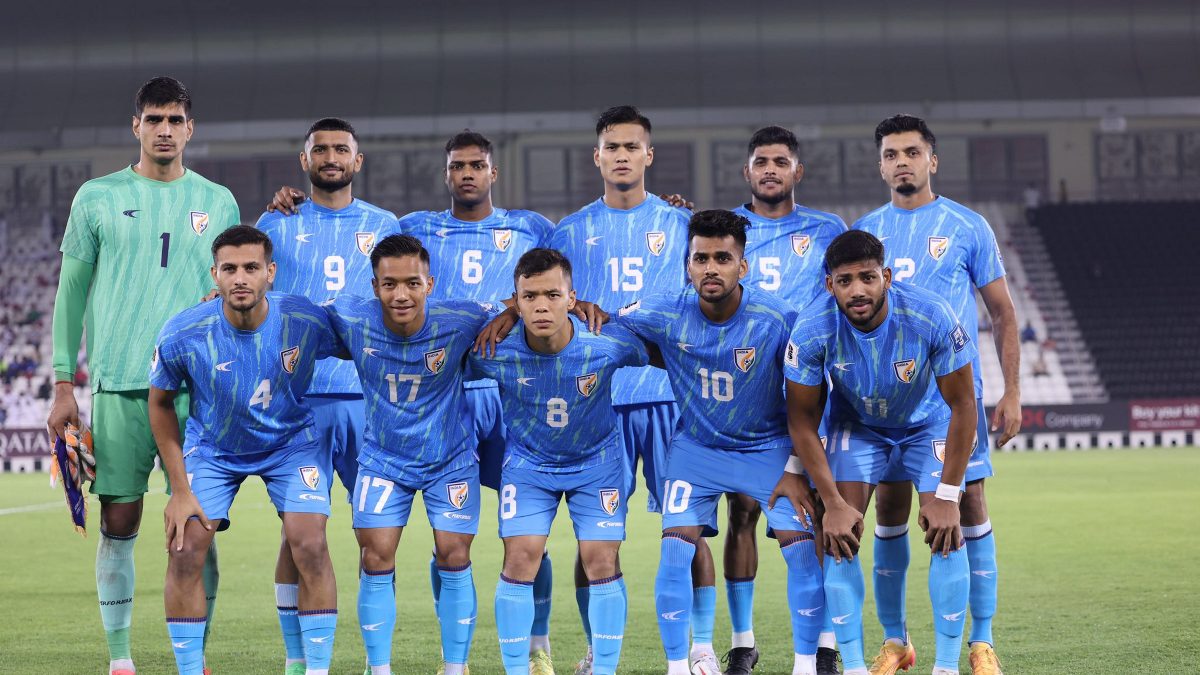

Infighting, a lack of a clear roadmap, and systemic issues within the All India Football Federation (AIFF) are increasingly being seen as significant contributors to the Indian football team's struggles. While the Indian Super League (ISL) has brought increased investment and visibility to the sport, the national team's performance continues to lag, raising concerns about the deeper problems plaguing Indian football.
One of the most significant issues is the apparent discord between national coaches and the AIFF. The recent case of former coach Igor Stimac, who was sacked in June 2024, highlights this problem. Stimac filed a complaint with FIFA seeking compensation for breach of contract, a first for an Indian football coach. He was ultimately awarded $400,000 in compensation, a substantial sum that underscores the financial implications of these disputes. Such conflicts not only disrupt the team's stability but also point to a lack of mutual understanding and respect between the coach and the federation.
Adding to the woes, recent reports have surfaced regarding pending dues for senior national team players. These dues, including allowances, match fees, and performance bonuses dating back to 2023, have created a sense of discontent within the team. While the AIFF has denied any long-standing dues, sources close to the players insist that the payments have not been cleared. This financial uncertainty can be a major distraction for players who are expected to perform at their best on the field.
Beyond these immediate conflicts, deeper systemic issues are hindering the growth of Indian football. A major concern is the weak grassroots and training infrastructure. According to a Times Now report in April 2025, India's grassroots system suffers from a lack of scouting, limited access to quality academies, and subpar coaching for young players. Many young athletes lack basic facilities and regular competition, making it difficult for them to develop into elite players. While the AIFF has initiated grassroots programs and club academies, these initiatives remain scattered and often inaccessible to talent in rural and underprivileged areas.
The quality and consistency of coaching at the national level is another critical issue. Frequent changes in coaches and tactical systems have led to instability and a lack of continuity. As former Indian footballer Mehtab Hossain pointed out, the constant turnover of coaches makes it difficult for players to adapt and develop a consistent playing style. This revolving door of tactical systems prevents the team from building a strong identity and achieving sustained success.
The structure of the ISL, while financially successful, has also faced criticism for not prioritizing sporting development. The absence of promotion and relegation in the league has created a closed circuit where performance doesn't necessarily dictate progress. As Ranjit Bajaj, former owner of Minerva Punjab FC, stated, the ISL is "just a league that's been made to make money," lacking a genuine focus on grassroots development and competitive balance.
The AIFF's administrative issues further compound these problems. In December 2024, reports emerged about internal tensions within the AIFF due to delayed pay hikes, contract extensions, and salary disparities between top-level management and lower-tier staff. These issues have eroded trust within the federation and created a sense of uncertainty among employees.
In conclusion, the infighting between national coaches and the AIFF, coupled with systemic issues such as weak grassroots infrastructure, inconsistent coaching, and administrative problems, are significant factors contributing to the Indian football team's struggles. Addressing these issues requires a comprehensive and coordinated effort from all stakeholders, including the AIFF, the ISL, and the government, to prioritize long-term development over short-term gains. Only then can Indian football hope to realize its potential and achieve sustained success on the international stage.